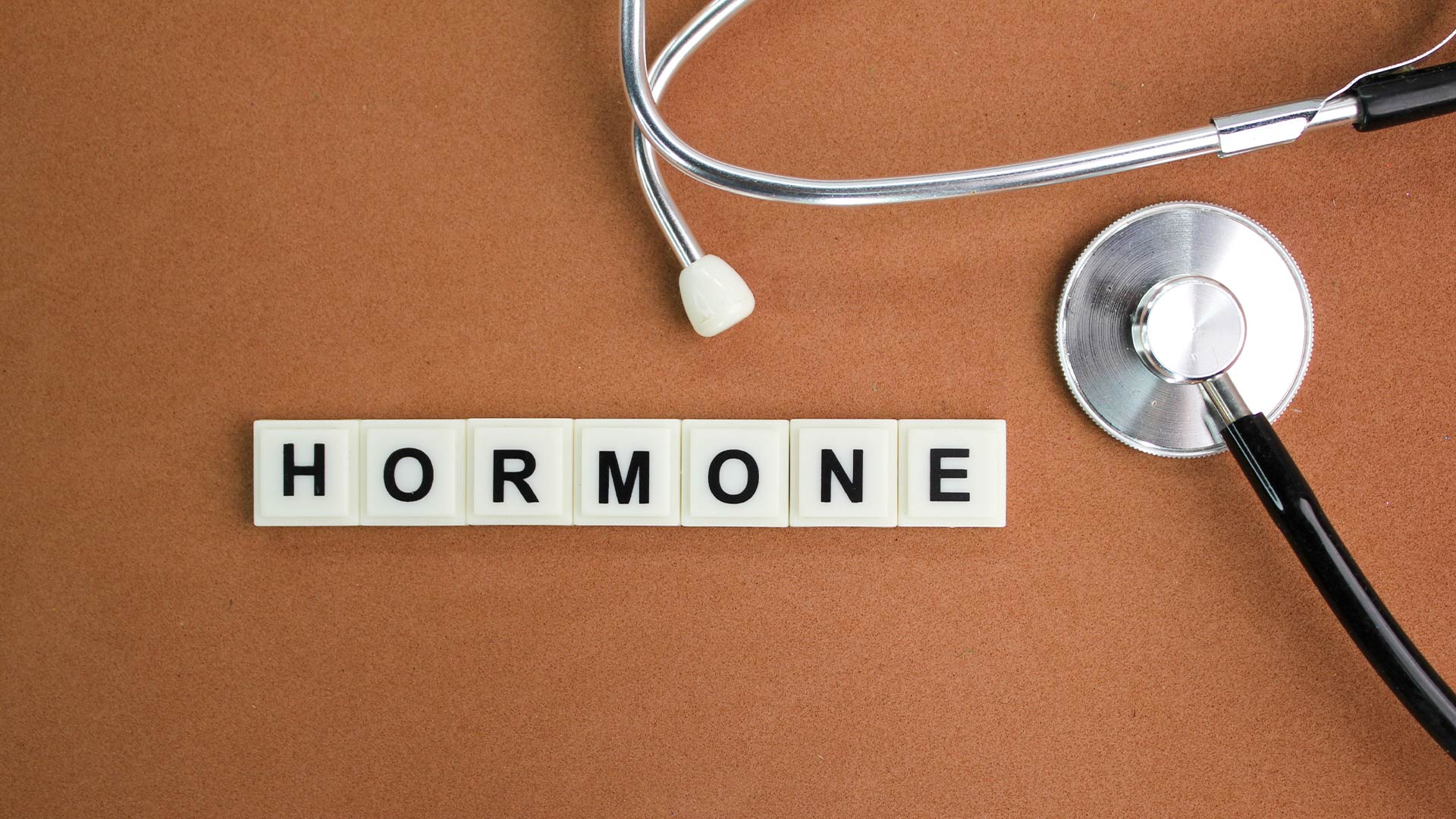Bioidentical Hormones vs. Synthetic Hormones: What’s Better for Anti-Aging?
If you’re considering hormone therapy for anti-aging or other health concerns, it’s important to consult with a healthcare provider.

As we age, the production of hormones in our body naturally declines. This can lead to a variety of age-related symptoms, such as fatigue, weight gain, mood swings, and loss of skin elasticity. To address these issues, many people turn to hormone replacement therapy (HRT). However, when it comes to replacing hormones, there’s a choice between two main types: bioidentical hormones and synthetic hormones.
Both bioidentical and synthetic hormones can be used for hormone replacement therapy, but they differ in how they’re made, how they interact with the body, and the potential benefits and risks. In this article, we’ll explore the differences between bioidentical hormones and synthetic hormones, and help you understand which one may be better for anti-aging.
What Are Bioidentical Hormones?
Bioidentical hormones are hormones that are chemically identical to the ones naturally produced by the body. They’re typically derived from plant sources, such as soy or yam, and are modified in a laboratory to match the molecular structure of the hormones your body produces.
Bioidentical hormones are often used to treat hormone imbalances, especially in women going through menopause, but they can also be prescribed to men and women for other hormone-related issues. Some of the most common bioidentical hormones include estrogen, progesterone, testosterone, and DHEA (dehydroepiandrosterone).
One of the major selling points of bioidentical hormones is that they’re natural, meaning their molecular structure is identical to what the body would produce naturally. This is in contrast to synthetic hormones, which are chemically altered to mimic the body’s hormones but aren’t quite the same.
What Are Synthetic Hormones?
Synthetic hormones, on the other hand, are man-made and not identical to the body’s naturally produced hormones. They’re typically created in a lab from synthetic materials and are used to treat hormone deficiencies or imbalances. Synthetic hormones are commonly used in birth control pills, HRT for menopause, and other hormone-related therapies.
The most common synthetic hormones include synthetic estrogen (like ethinyl estradiol) and synthetic progestins (a synthetic version of progesterone). While synthetic hormones mimic the effects of natural hormones, they aren’t chemically identical to the hormones produced by the body.
Bioidentical Hormones vs. Synthetic Hormones: Key Differences
1. Chemical Structure
The main difference between bioidentical and synthetic hormones is their chemical structure. Bioidentical hormones are molecularly identical to the hormones produced by the body, while synthetic hormones are altered to have a similar effect but differ in structure.
Because of this difference, bioidentical hormones are often believed to be better suited to the body’s natural processes. They’re thought to be more easily metabolized and may result in fewer side effects because the body recognizes them as its own.
On the other hand, synthetic hormones, while effective, may not be processed as efficiently by the body, and some studies suggest that they can lead to more side effects, such as bloating, mood swings, and breast tenderness.
2. Customization and Personalization
Another key difference is how personalized the treatments can be. Bioidentical hormones are often customized to suit each individual’s unique needs. A healthcare provider can test a person’s hormone levels and then adjust the dosage and combination of hormones accordingly. This allows for a more tailored approach to hormone therapy.
Synthetic hormones, however, are generally mass-produced and come in standard doses and formulations. While they can be effective, they may not always be as finely tuned to an individual’s specific needs.
3. Effectiveness in Treating Symptoms
Both bioidentical and synthetic hormones are effective at treating hormone imbalances and alleviating symptoms related to aging, such as fatigue, hot flashes, mood swings, and loss of libido. However, some people report better results with bioidentical hormones, particularly when it comes to symptom relief. Since bioidentical hormones are structurally identical to those the body produces, they are believed to work more naturally with the body’s systems.
That said, synthetic hormones also offer significant benefits and are still widely prescribed. Many people experience relief from symptoms with synthetic hormone therapy, but the response can vary from person to person.
Real Example: Suzanne Somers, actress and wellness advocate, is a well-known proponent of bioidentical hormone therapy. She claims that bioidentical hormones have allowed her to manage menopause symptoms more effectively and maintain her vitality as she ages.
4. Safety and Side Effects
Both bioidentical and synthetic hormones come with their own set of risks and potential side effects. However, the risks may differ depending on the type of hormone and the method of administration.
- Bioidentical hormones: While bioidentical hormones are often considered safer due to their natural structure, they still carry risks, such as breast cancer, blood clots, and stroke. It’s important to work with a healthcare provider to monitor hormone levels and adjust doses as needed. - Synthetic hormones: Synthetic hormones have been associated with higher risks for certain conditions, such as an increased risk of blood clots and breast cancer in some studies. However, synthetic hormones have also been thoroughly researched and are considered safe for many women when used under medical supervision.
Ultimately, the safety of both bioidentical and synthetic hormones depends on the individual, their health history, and how the hormones are used. Consulting with a healthcare provider who can assess your needs is essential to determine which option is best for you.
Which Is Better for Anti-Aging?
When it comes to anti-aging and overall wellness, both bioidentical and synthetic hormones can offer significant benefits. They each come with their own set of advantages and potential risks, and the choice between them largely depends on individual needs and preferences.
- Bioidentical hormones: Offer a more natural approach to hormone replacement, with a structure that closely mirrors the body’s own hormones. They can be customized and tailored to your specific needs, potentially offering a more individualized treatment. - Synthetic hormones: Are effective and widely used, but they may come with a higher risk of side effects. They’re also less customizable but can still provide symptom relief for many individuals.
For those seeking a natural solution that aligns closely with the body’s own chemistry, bioidentical hormones may be the better choice. However, synthetic hormones remain a reliable and effective option, especially for those who need a standardized approach to hormone therapy.
If you’re considering hormone therapy for anti-aging or other health concerns, it’s important to consult with a healthcare provider. They can help you weigh the pros and cons of both options, ensure that your hormone levels are properly balanced, and guide you in making the best decision for your health and vitality.


